Most well-known for his work on gravity and optics while he was based at Cambridge University, a lesser-known story concerns his life in London, which began in 1696 when he became Warden of the Royal Mint, which was then located at the Tower of London.
Just three years later, in 1699, Newton was appointed Master of the Mint, which was unusual because no Warden had become Master before. Traditionally, the role of Master had been a ceremonial one, but Newton was too practical to sit back and not make a contribution. He enjoyed solving problems and there were various matters that caught his attention.
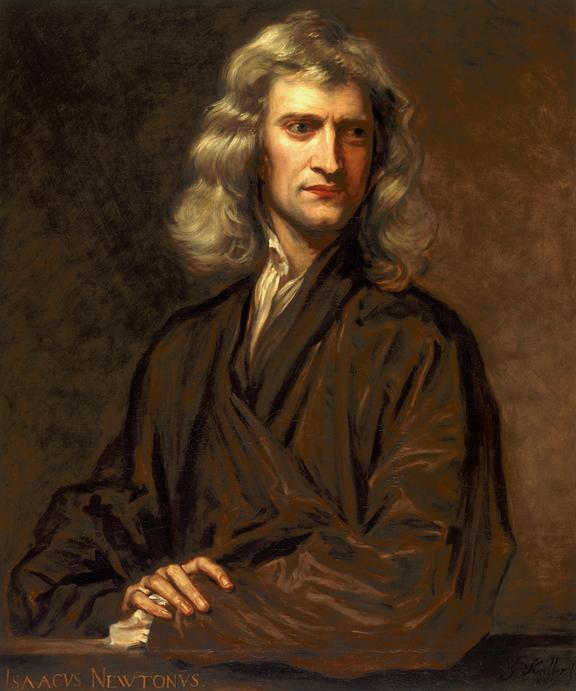
One problem that the Mint faced was that of counterfeit coins. The narrative of Newton pursuing counterfeiters through the courts has been widely shared, but there was another aspect to the story which has not received the same amount of attention.
Newton brought his methodical, thorough and pragmatic approach to the question of how to prevent, or at least lower, counterfeiting. He concluded that he could reduce the number of counterfeit coins in circulation if the coinage produced by the Mint was made more difficult to forge.
As a result, he encouraged the Mint’s engravers who were responsible for engraving coin designs on to the master punches (the tools used to make the coins) to take on private work outside of their contracted working hours. Newton recognised that this would enable them to improve their skills, making their engraved designs of a much higher quality and thus more difficult to replicate by the counterfeiters. This move was certainly successful and while fake coins were not entirely eliminated, the number of them passing through the market undetected was dramatically reduced.
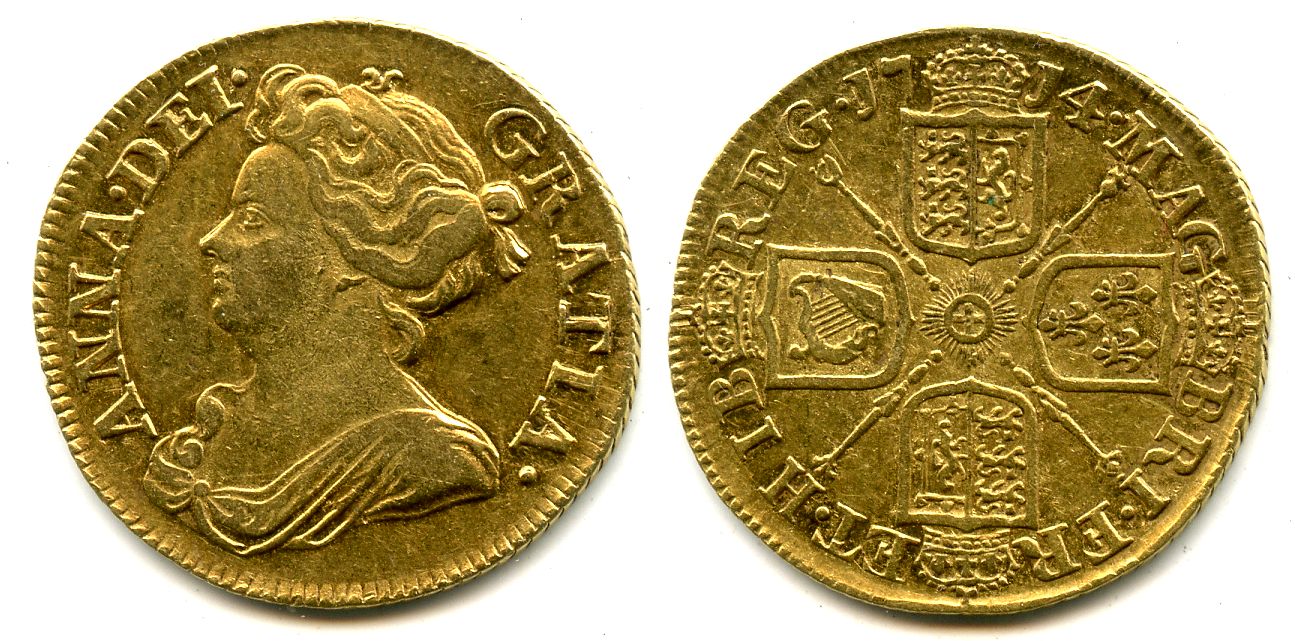
A different kind of problem emerged in 1710 when Newton became involved in a dispute with the Goldsmiths’ Company over the quality of the Mint’s coinage. The precious metal content of the coins produced by the Royal Mint has been verified in a procedure known as the Trial of the Pyx since 1282, presided over by the Goldsmith’s Company. The trial consists of checking the weight, diameter, and composition of coins by a jury who are independent of the Mint. Jurors also compare the coins against official trial plates made of gold and silver.
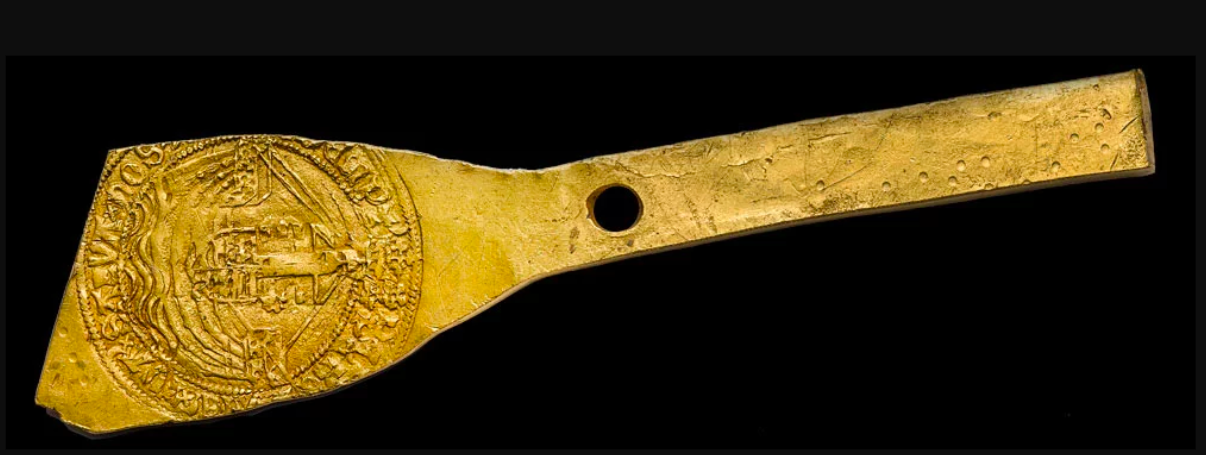
In 1710 the judgement of the Trial was that Newton’s gold coins were below the required standard – it was argued that they did not contain enough gold. Newton prided himself on accuracy and reacted angrily to this judgement. The coins had been compared with a new gold trial plate introduced in 1707 and Newton managed to prove that it was in fact the plate that contained too much gold, so in fact his coins were not below the required standard. As a result, the earlier trial plate of 1688 was returned to use at the Trial of the Pyx.
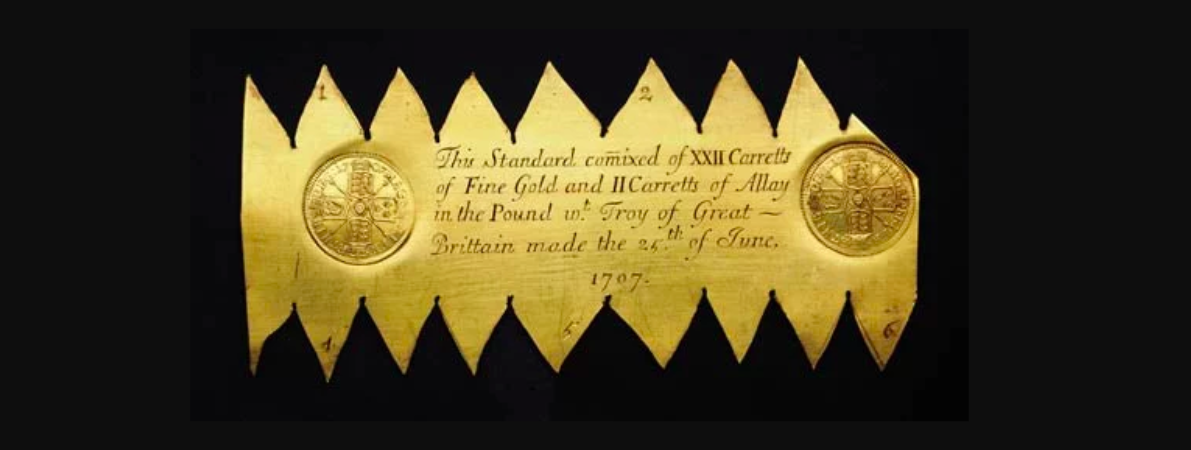
Newton’s work over 30 years at the Mint raised its profile and gained it the reputation as the most trustworthy Mint with the most accurately struck coins in the world. Rather than bringing in new inventions or new processes, Newton demonstrated that adopting a scientific approach to improving existing practices was the best way to bring about improvements and solve problems.
It was during this period of his life in London that Newton became President of the Royal Society. Having had correspondence with the Society on and off during his Cambridge years, Newton had very little contact with it during the first seven years of his life in London. His disagreements with Robert Hooke were probably one reason for the lack of contact, but within eight months of Hooke’s death, the Fellows elected Newton as their President in November 1703.
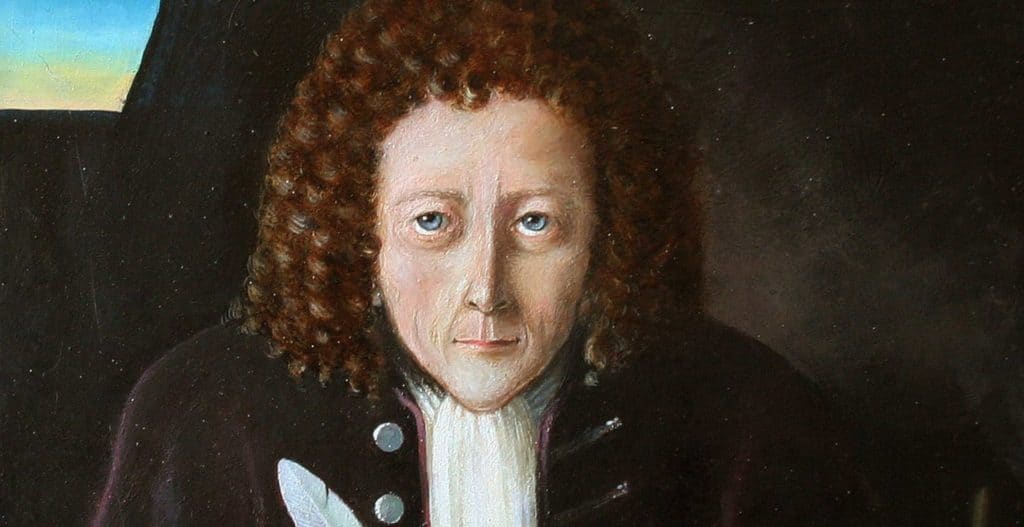
Newton brought the same methodical, attentive approach to the Royal Society that he had to the Mint. Unlike his two predecessors, who between them attended just three meetings in eight years, Newton attended more than three of the quarterly meetings.
One of his primary concerns was the content of the meetings and at his first, he brought along the scientific instrument maker, Francis Hauksbee the Elder to demonstrate experiments with his air pump. Hauksbee continued to perform demonstrations at meetings and published many articles on them in the Philosophical Transactions until his death in 1713. Newton also improved the Society’s finances during his presidency, taking it from the verge of bankruptcy to being in a position to purchase its own building in 1710.
Newton held both his posts as Master of the Mint and President of the Royal Society until his death in 1727. His London years were far removed from his life as an isolated don at Trinity College Cambridge but the work he did at the Mint and at the Royal Society should be seen as an important part of his wider contribution to science.
Discover more about how London grew from a lively capital city to a global hub for trade, commerce, and scientific enquiry in Science City 1550–1800: The Linbury Gallery.
